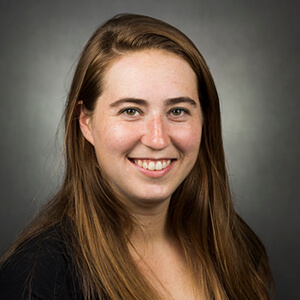Hurricane Idalia made landfall the morning of Aug. 30 near Keaton Beach, Florida, but the Category 3 storm’s northeastern route brought rain and high winds to coastal regions along the western peninsula and inland agricultural counties.

The University of Florida Institute of Food and Agricultural Sciences (UF/IFAS) Economic Impact Analysis Program (EIAP) uses surveys after natural disasters, seeking information on observed and estimated agricultural production losses in affected Florida counties. For Idalia, the researchers have narrowed their focus to the Big Bend region and surrounding inland areas of the state, with more than 3 million acres of agricultural lands – much of it used for grazing – in the areas of potential impact.
Where to Find the Survey
A survey for Idalia is now available at go.ufl.edu/IdaliaAgImpacts and will remain open for an indeterminate time to allow time for producers to first secure their operations, assess damages and then report. Responses are encouraged as soon as possible, because EIAP typically pulls data for a preliminary assessment after two weeks. The survey is also available for the first time in Spanish.

“We are asking for producers to complete the survey themselves, or work with their UF/IFAS Extension county agent, to report everything from fruit drop to flooded or wind-damaged crops to lost livestock,” said Christa Court, director of the EIAP and an assistant professor in the UF/IFAS food and resource economics department. “Due to data limitations, our assessment does not typically provide a statewide estimate of infrastructure damage or damages to stored agricultural inputs, but we do encourage growers to submit that type of information as well so that we can continue to build baseline data for these additional aspects of production in support of more detailed assessments in the future.”
Anecdotally, Court said, producers farther south in the peninsula seem to have avoided major impacts. Strawberry growers, for one, are reporting uninterrupted planting. But, she added, any operation that did experience impacts, regardless of location, should report those.
For frequently asked questions about EIAP’s survey efforts, visit go.ufl.edu/idalia-assessment-faqs.









